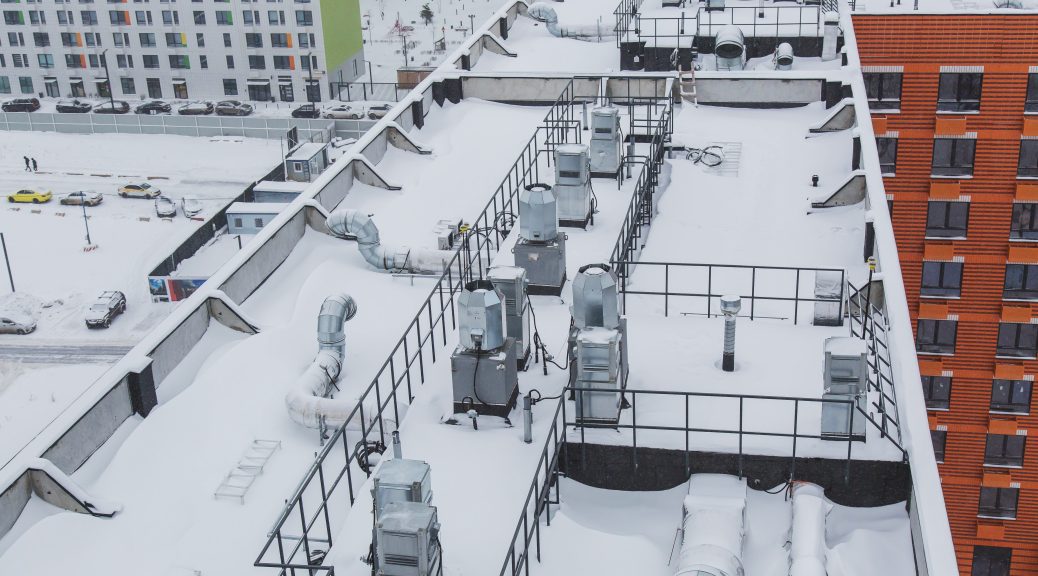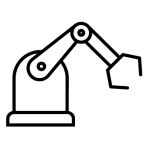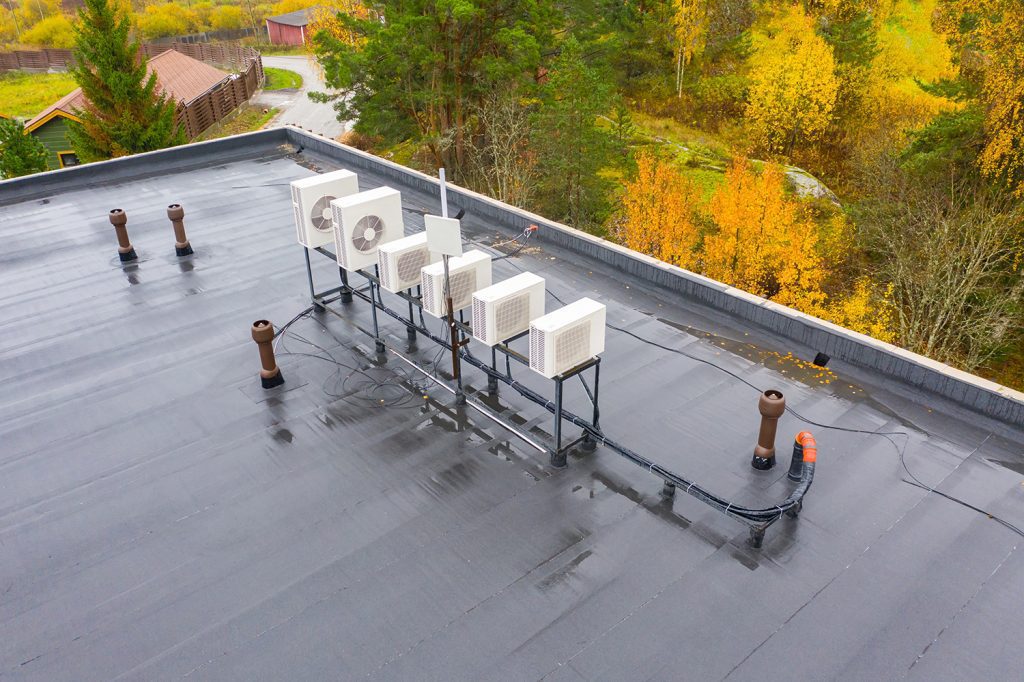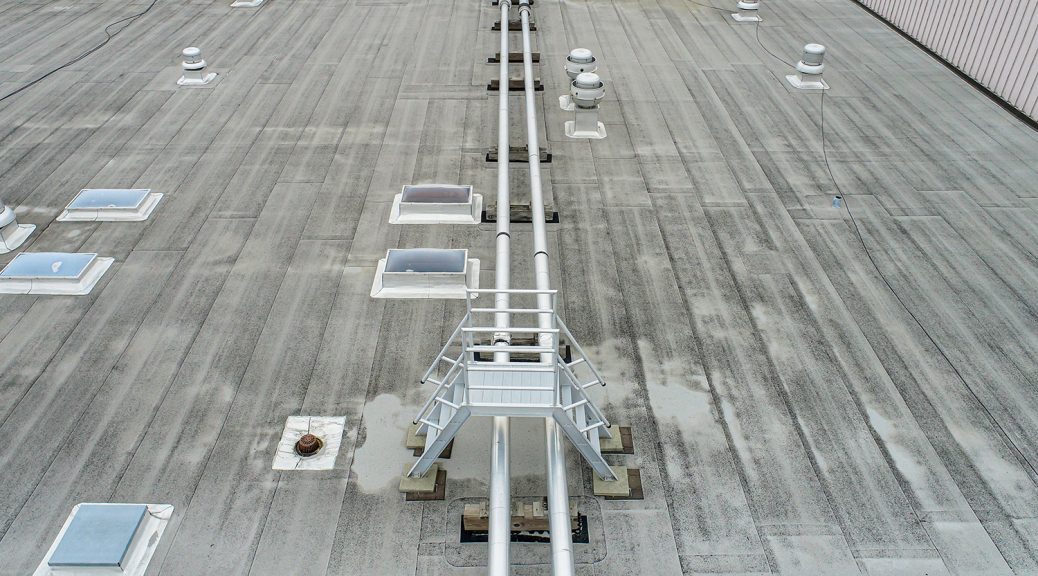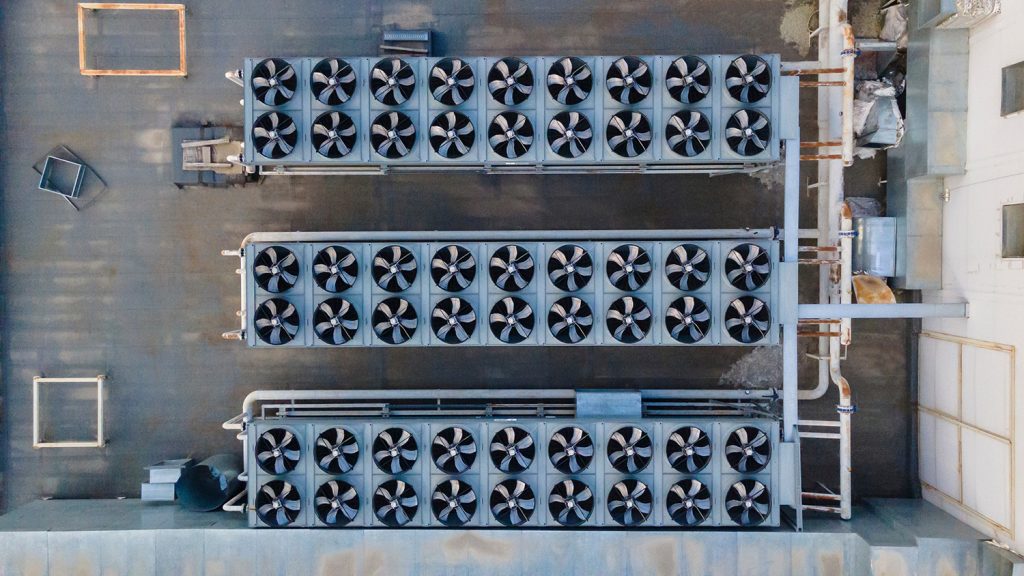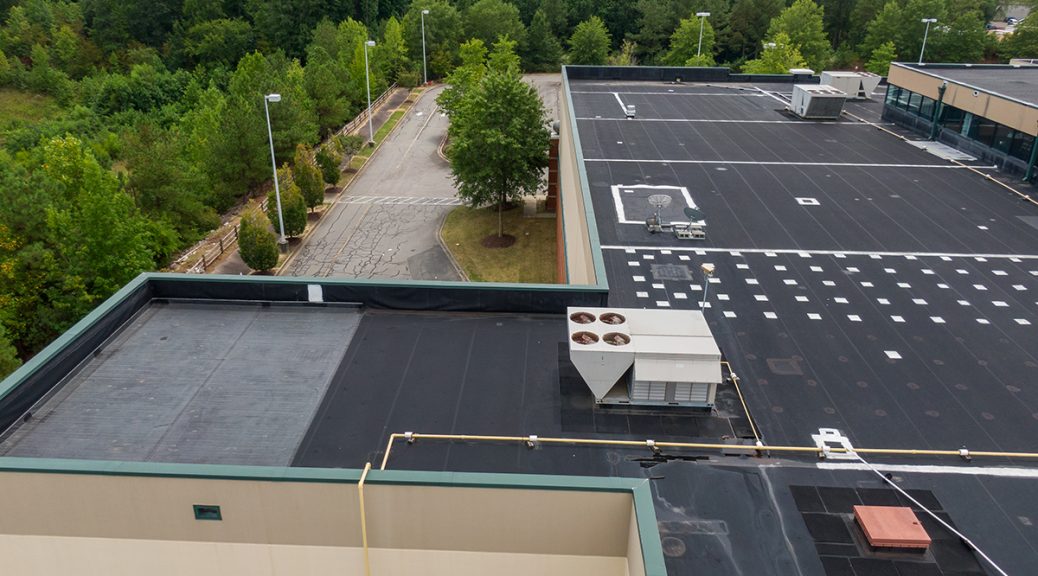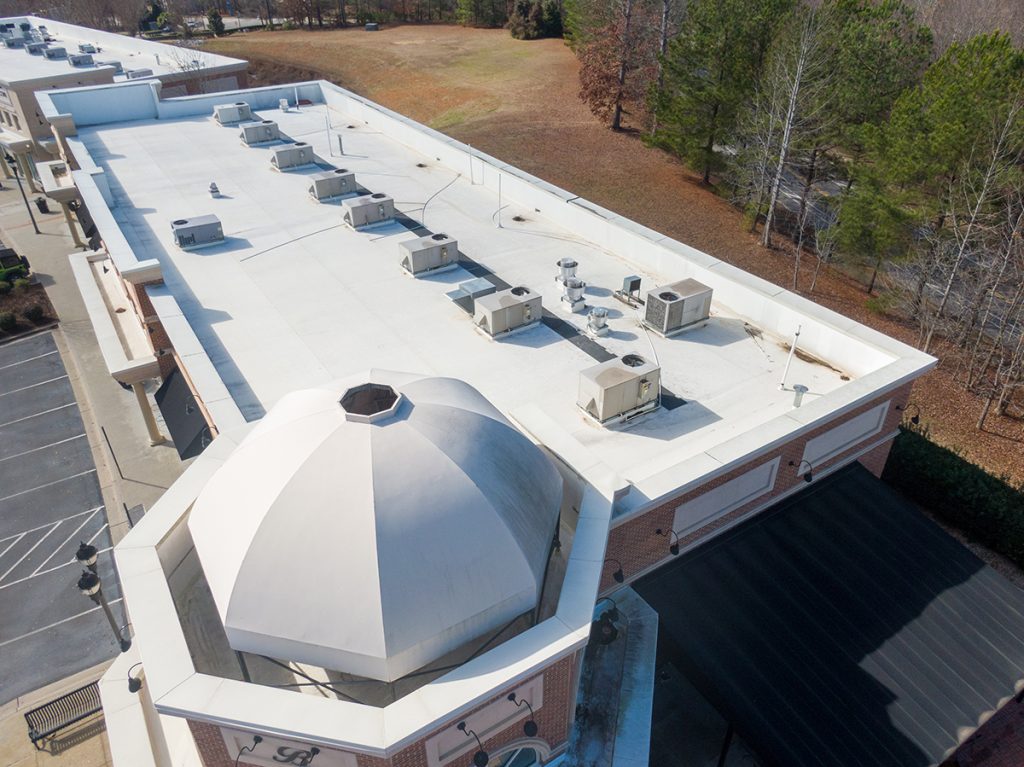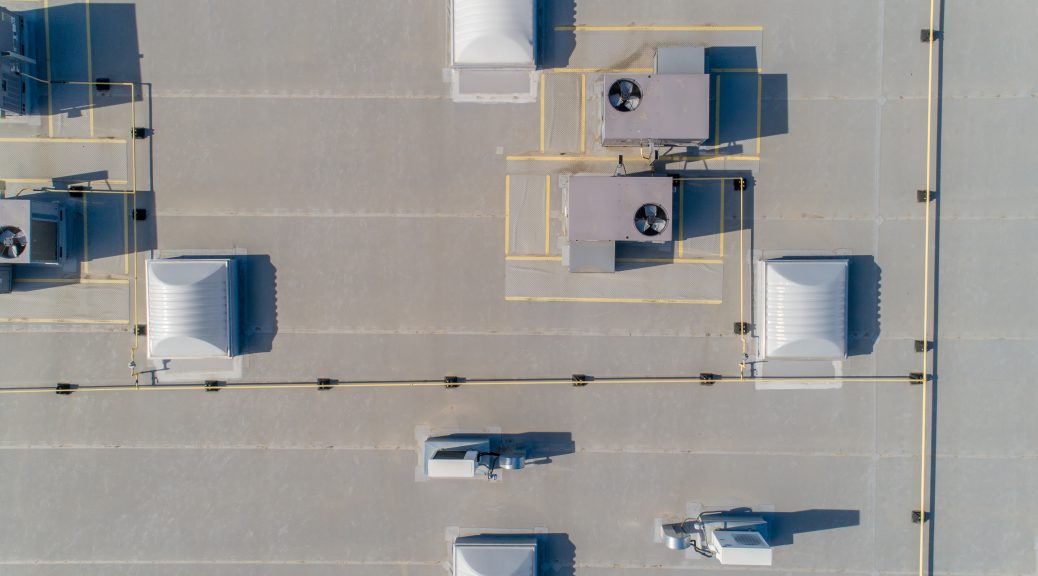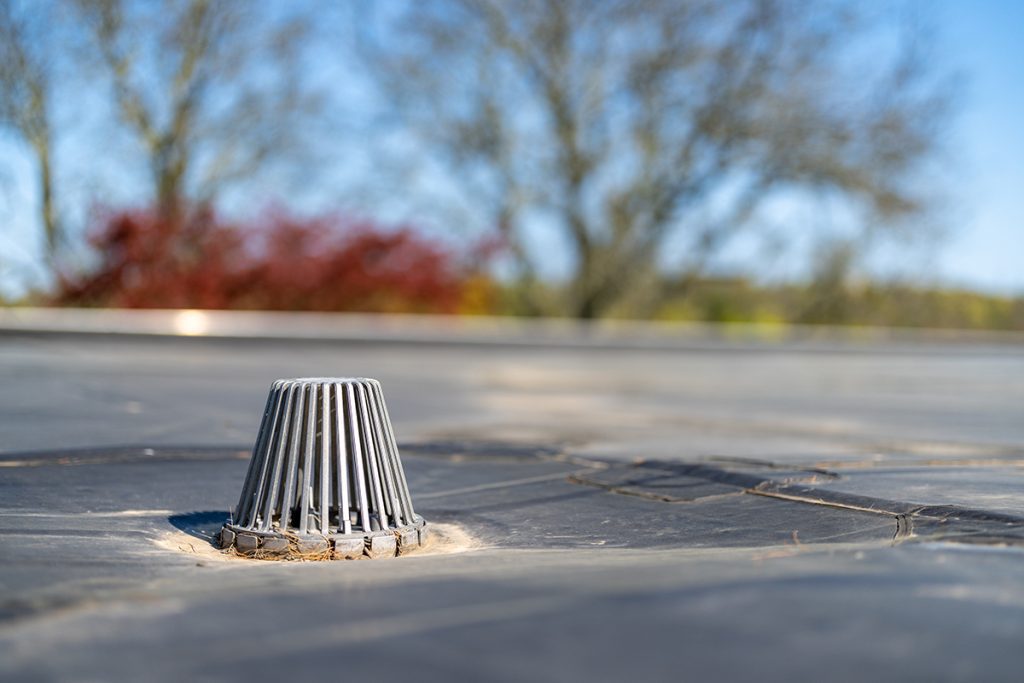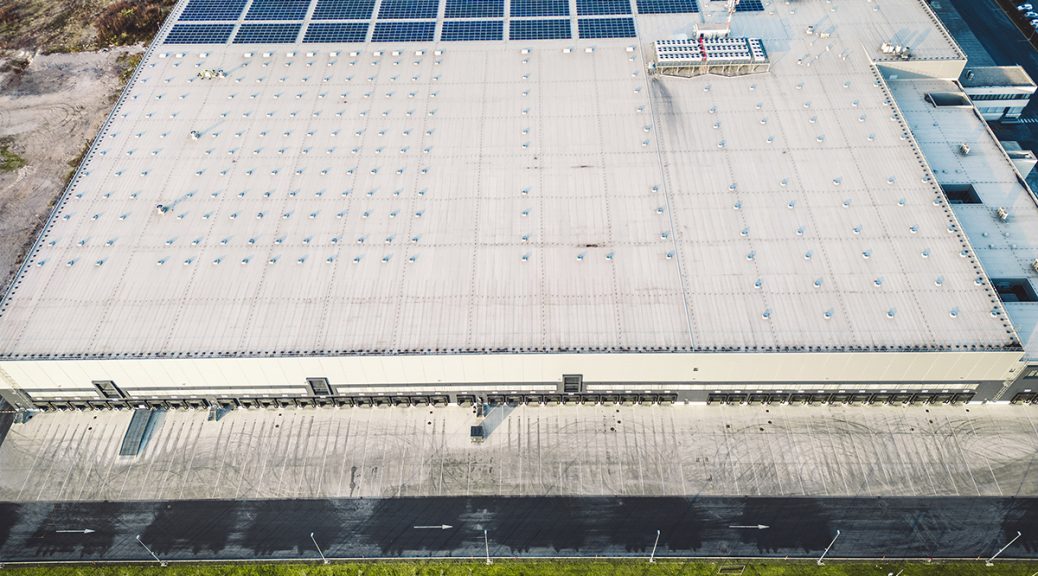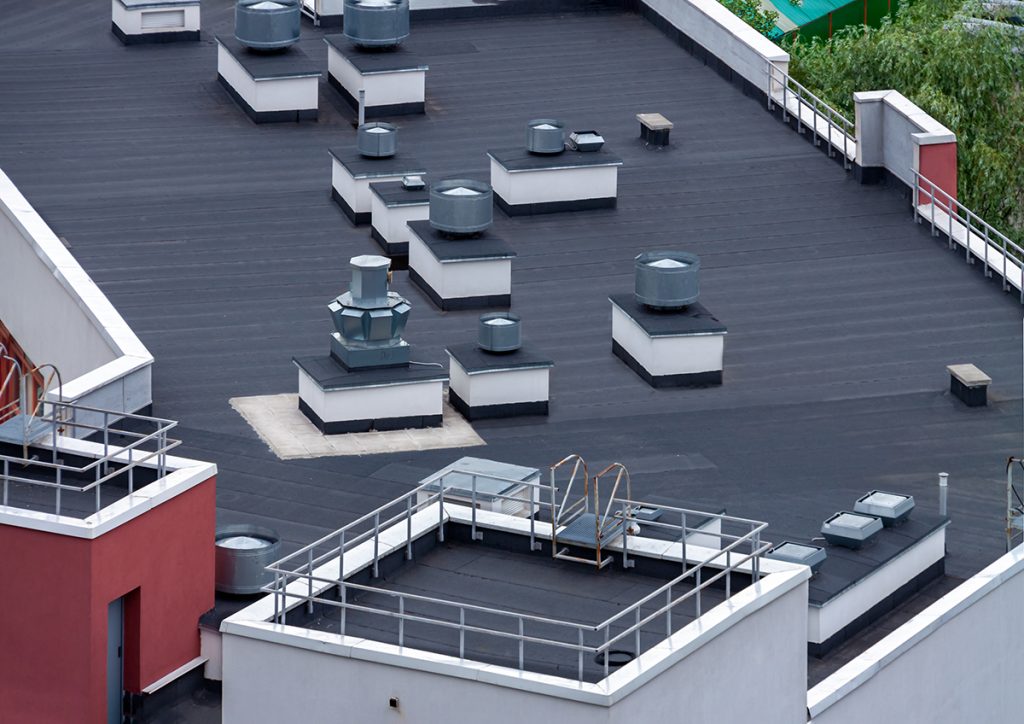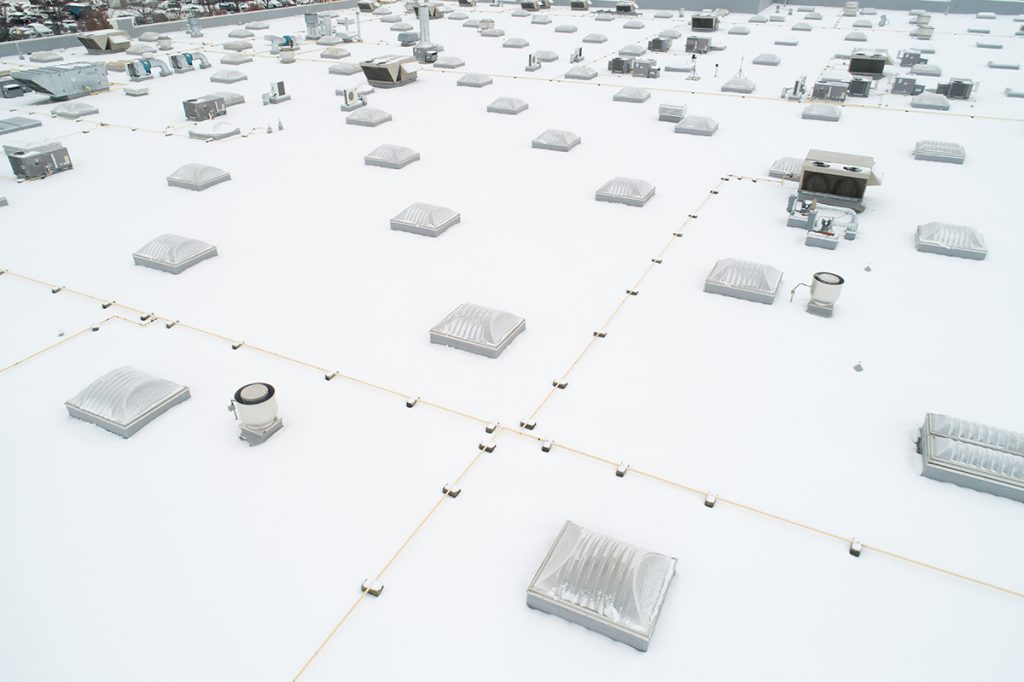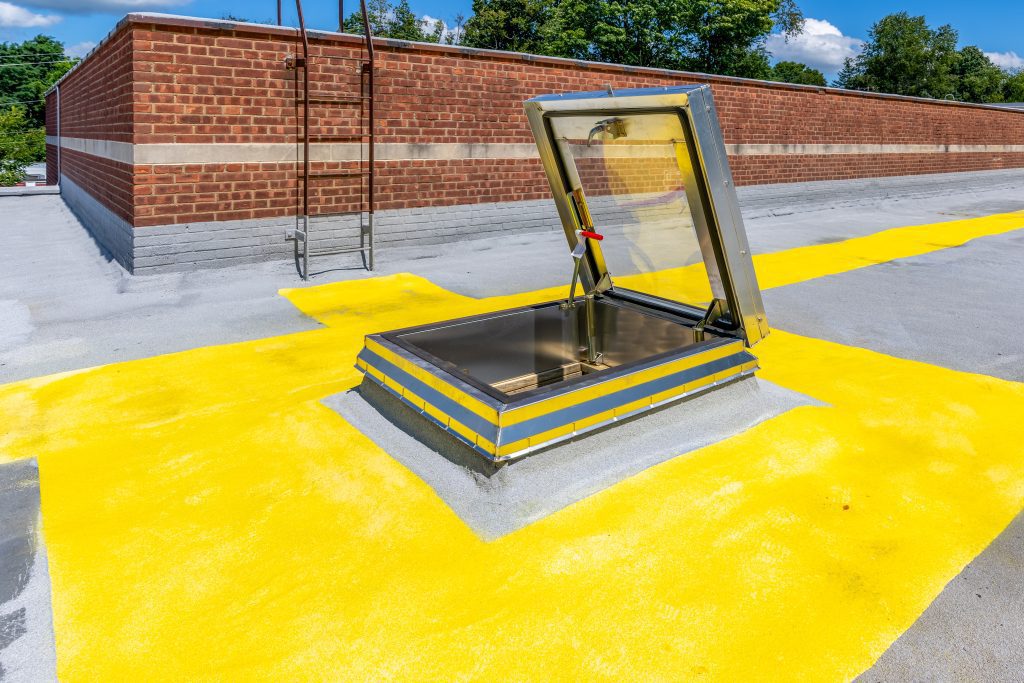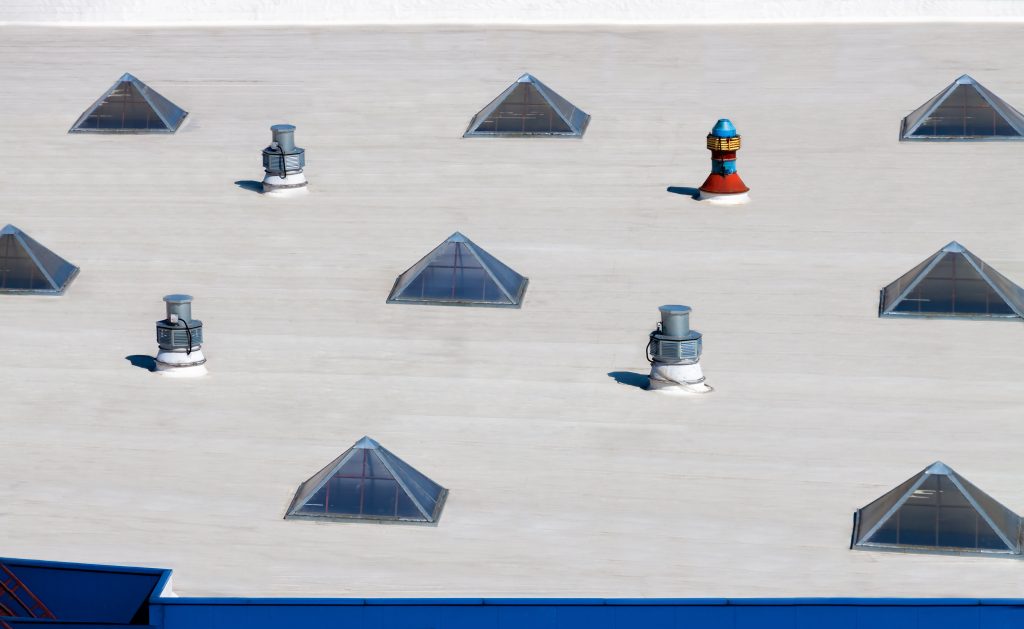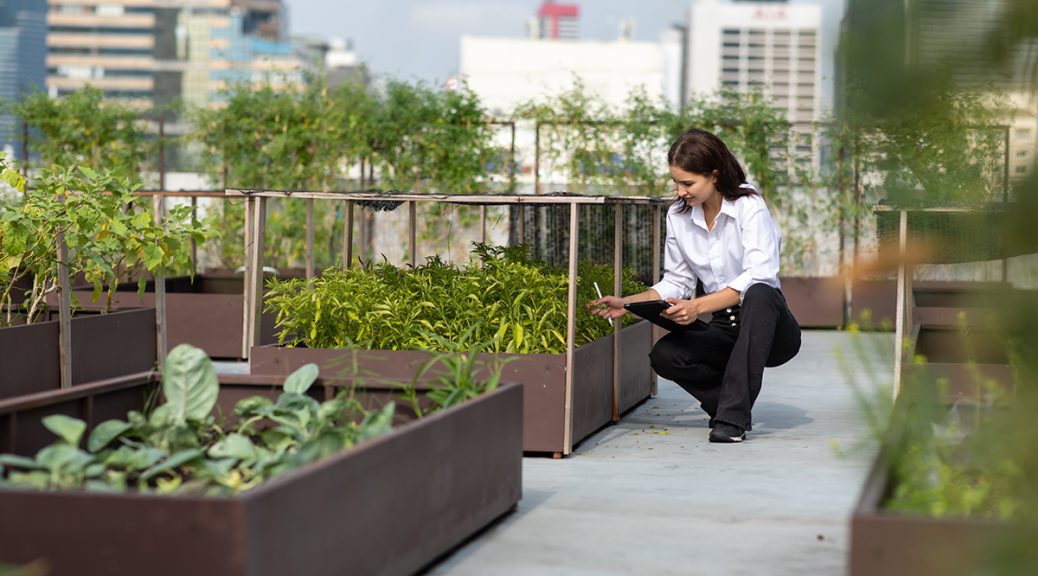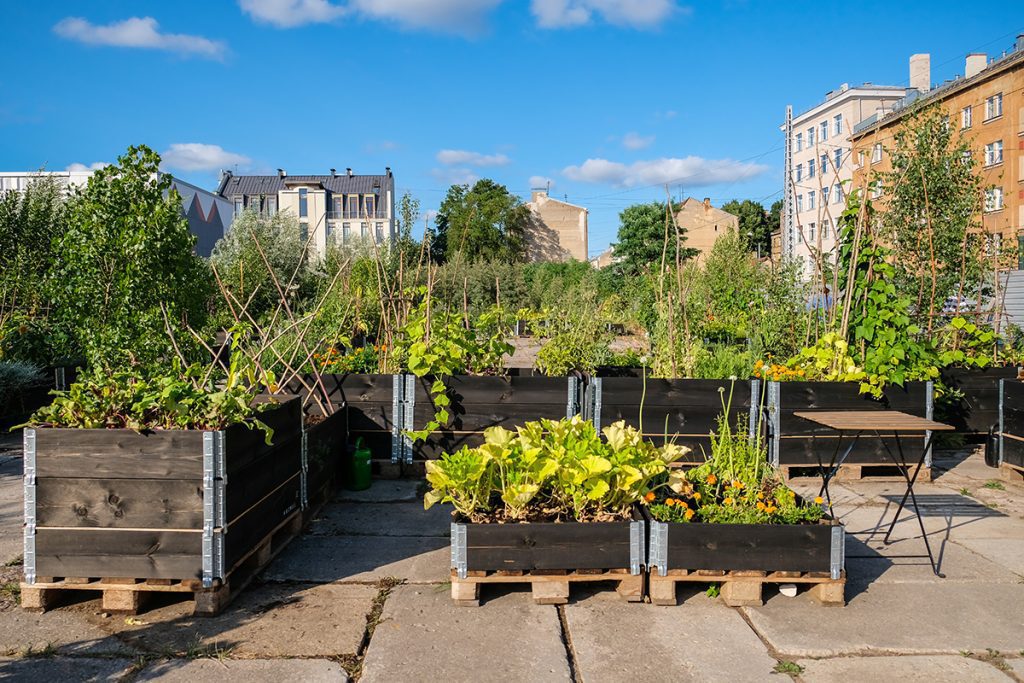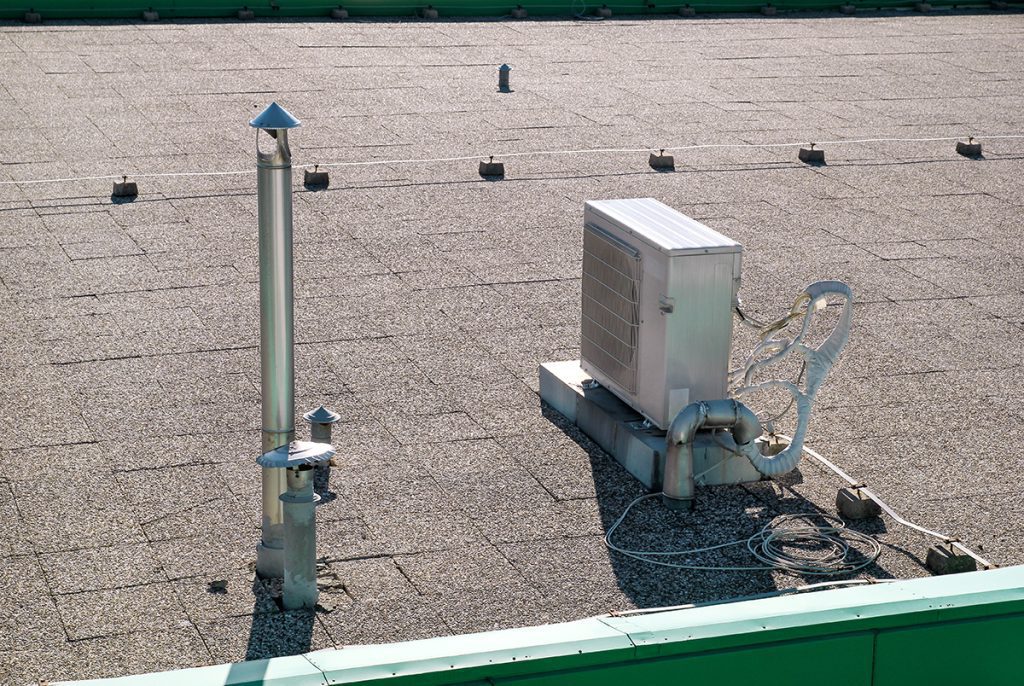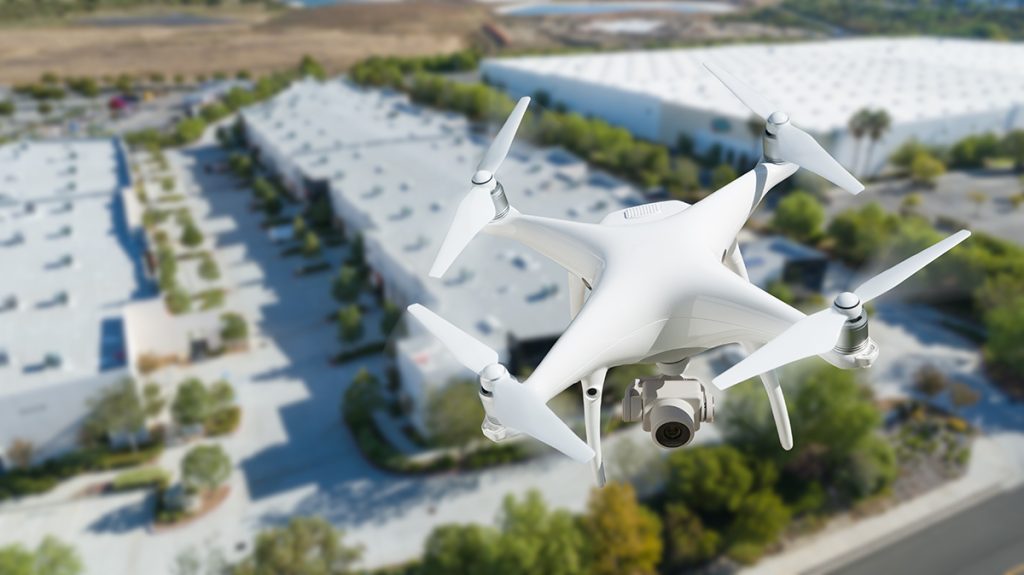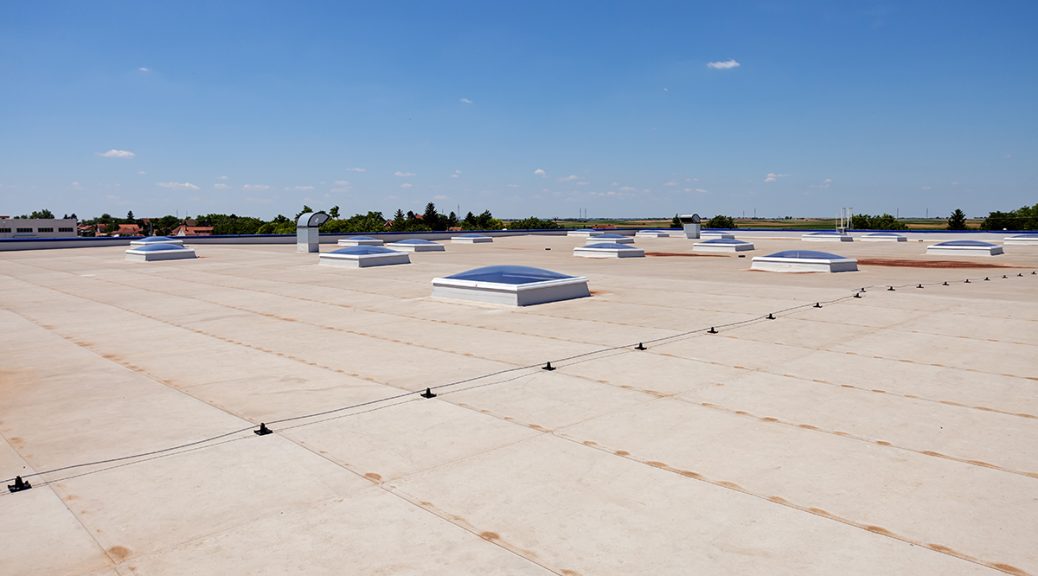Are you looking for the best roof for the Northeast climate? Are you worried that your office or commercial building won’t have a roof that can stand up against the harsh humidity, heat, and cold of the Pennsylvania or Maryland environment? We have the answers you are looking for!
Commercial roofing is often better made to deal with harsh environments because it is more utility-focused than a home roofing system, which also has to look aesthetically pleasing. Of the many roofing systems designed for commercial purposes, not all are made the same, with some being better designed for specific purposes. Here at Heidler Roofing, we’re familiar with all kinds of commercial roofing and want to help you get the best possible roof for your building!
What Makes the Best Roof for the Northeast Climate?
The northeast climate is marked by harsh winters and extreme weather conditions. When looking for the best roof for the Northeast climate, this is your primary concern. However, when you consider states from upstate PA to Maine, the Northeastern areas aren’t a monolith – there are dozens of environments you might find your commercial building occupying.

Weight-Bearing
Snow and slush are extremely heavy, and for your roof to stand up against winter storm damage, it needs to be able to bear the weight of the harshest snowstorm or blizzard.

Stable in the Cold
Freezing temperatures can make many roof materials more brittle and prone to damage. Most commercial roof systems will be formulated to stay flexible when cold.
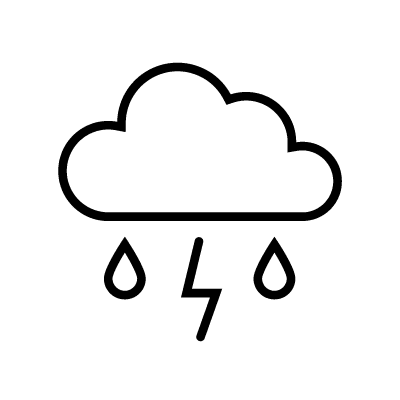
Weather-Resistance
The Northeast region of the US is renowned for harsh winters and extreme weather in the summer. Make sure your roof can stand up to the high winds of the toughest nor-easter!
While you should prioritize a roof that is capable of withstanding the brutal cold, as well as the weight-load of ice and snow, you should also consider if your area has more dramatic swings towards extreme weather.
What Types of Roofs are Good for Northeast Businesses?

There are dozens of low-slope (also called “flat”) roof types that are invaluable for northeastern businesses, each with unique benefits for your commercial building.
Modified Bitumen
The modified bitumen roof is one of the most common and powerful commercial roofing systems. This type of commercial roofing uses asphalt and chemical polymers in order to provide ample temperature resistance to your building’s roof surface, which is invaluable for buildings that are regularly exposed to freezing temperatures.
Ethylene Propylene Diene Monomer (EPDM)
EPDM roofing systems are lightweight roofs made of a single-ply layer of synthetic rubber. This rubber is more flexible than other roofing systems, allowing it to flex, stretch, and contract in response to temperature changes. This movement is often what causes more brittle roofing systems to fail, but not EPDM!
Thermoplastic Polyolefin (TPO)
TPO is another single-ply system that uses a polyester reinforcing layer to provide more structure and support. This polyester is resistant to cold weather thanks to its flexibility and ability to withstand expansion and contraction. TPO is a material that will not become brittle in the same way that many other materials will.
Polyvinyl Chloride (PVC)
PVC is a favorite material for construction work of all kinds, from DIY-scale projects to the industrial and professional levels. As a roofing material, PVC offers not only impressive resistance to cold weather but also excellent chemical resistance. Even outside of niche industrial applications, this type of roofing is very desired.
Metal
Standing seam metal roofs are incredibly durable, even in comparison to these other systems. The primary benefit of metal panels is their ability to bear high loads of snow, ice, and water build-up. This allows your roofing system to withstand extreme winter storms without the same risk of failure that other roofing systems have under the same conditions.
Built-Up Roofing (BUR)
Built-up roofing is made of multiple layers of bitumen and reinforcing materials. This is a simple and standard roofing system that is favored for its flexibility and durability. While it is not specifically valuable in cold weather, it is an all-purpose roofing system that has its place in regions that see a wide variety of weather phenomena.
How to Choose Between Roofing Systems
When replacing or installing a new commercial roofing system, you might be overwhelmed by the options. It’s hard to go wrong with any of these attractive and durable roofing types, but the best way to choose is by consulting with an experienced local contractor who knows your area.
Every environment is unique, with varying degrees of lake effect, snow, sea salt carrying wind, and nor-easter damage. A commercial roofing contractor who is knowledgeable about your area can best assess your exact location and recommend a material that will withstand all of your most significant weather risks.
Trust Heidler Roofing for Your Winter-Ready Roofing System!
What is the best roof for a Northeast climate? A roof installed by professional and experienced roofers like Heidler Roofing! We will offer you a fast and efficient roof quote for free, delivering you our thoughts and recommendations for what material will give you the best roofing experience.
Are you currently looking for a roof replacement or installation service? Come to us! We work throughout the states of Pennsylvania and Maryland, as well as throughout the Northeast corridor. We know intimately the pain of seeing your roof cave in due to snow, feeling icy drafts slow you down, and getting bogged down by a failing roof. This is why we always provide the best possible service to our customers like you! Call us today and get started toward a warmer winter.


